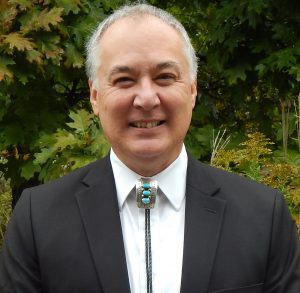 More than a century ago, the great Lakota leader Chief Sitting Bull said, “Let us put our minds together and see what life we can make for our children.” Sitting Bull’s love for his people gave him the strength and wisdom to cope with the challenges of his time and envision a path forward that understood culture as a cherished and essential asset in a healthy and productive life. Today, a multitude of people from many tribal nations, working across many organizations and sectors, are advancing the work of creating opportunities for a better life and future for tribal youth and communities.
More than a century ago, the great Lakota leader Chief Sitting Bull said, “Let us put our minds together and see what life we can make for our children.” Sitting Bull’s love for his people gave him the strength and wisdom to cope with the challenges of his time and envision a path forward that understood culture as a cherished and essential asset in a healthy and productive life. Today, a multitude of people from many tribal nations, working across many organizations and sectors, are advancing the work of creating opportunities for a better life and future for tribal youth and communities.
This month, our blog posts will present you with the opportunity to learn from a variety of leaders and change agents whose work expands opportunity for Native youth. Their voices tell a powerful story – of indigenous people drawing on the strength of their families, communities, and cultures – of people who use their knowledge and talents to change systems, challenge injustice, and advocate for more equitable access to opportunity and resources for tribal people. Together, they are taking control of the public narrative about Native people, and the life that we want to make for our children.
Last year I shared that during an earlier part of my career, when I served as the Director of Stanford University’s American Indian Program, one of my students – who earned a degree in engineering before pursuing a career in stand-up comedy – created the word “indigenuity” to describe the creative genius of indigenous people in facing adversity, and crafting new solutions by drawing on their cultural traditions and knowledge. This month, we are proud to introduce you to a group of innovators and leaders who I would describe as “Indi-geniuses” for their ability to imagine and walk us forward on a path to a better, more inclusive, and more just future.
Social justice activist and advocate Brittany Packnett Cunningham says that “Allies take up space. Accomplices take up risk.” We are asking you to share the risk in moving “hearts and minds toward greater respect, inclusion and social justice for Native Americans,” to borrow a phrase from the Reclaiming Native Truth project. So, check out the project’s “Why Narrative Change?” and “Call to Action” videos to equip yourself with information that can help you share new messages that can move us toward a new narrative – one that creates greater opportunity and access to education, health, justice, and opportunity -– the life Sitting Bull imagined, and that we want to make real for our children.
